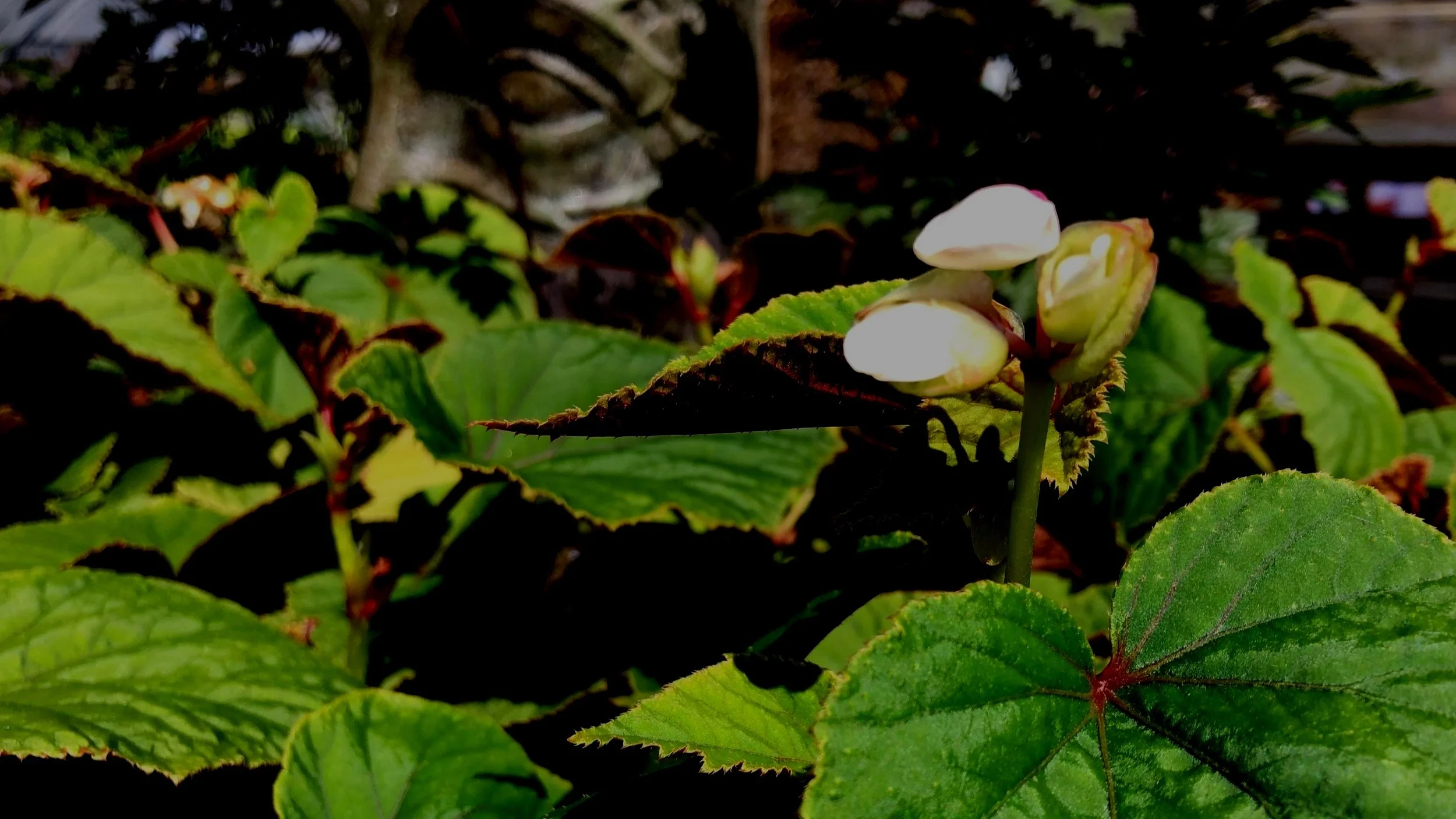I have always been drawn to begonias. Growing up in southern California, they were a staple in the landscape and every public park had masses of them bedded out in grand displays. The most commonly used varieties were wax-leaf or fibrous begonias, and they are still popular with gardeners as a “go to” annual for non-stop summer color in full to partial sun in a maritime climate (although most garden centers, including ours, market them as a shade annual).
Also popular for shadier locations were tuberous begonias, which have larger leaves and much larger flowers in a mind-boggling array of colors from bright yellows to reds and oranges and even bicolors and picotee types. I can remember as a 14-year-old working in the local nursery potting up tuberous begonias in terracotta pots that we first soaked in water to hydrate the clay, after which we filled the bottom half with a fast-draining soil, placing the tuber (which we had sprouted 4 weeks earlier in flats filled with leaf mold) on top of the mix, and covering the tuber with another 3 to 4 inches of a rich organic soil. The last thing we would do, was stab a short bamboo stake into the pot to support the fleshy stems so the large and heavy flowers didn’t bend the stems over and break them off from the tuber. Great memories for a budding young horticulturist.
As Northwesterners, the above varieties of begonias have to be treated as annuals, although the tubers can be saved if you don’t let them freeze. I had a neighbor, who passed several years ago, that prided herself on the tubers she had saved - some of which were huge, the size of cow pies! What if there was a begonia that was cold hardy and could be treated just like all the other wonderful perennials that we enjoy growing in our gardens. What if that hypothetical begonia came up reliably every spring (likely a little late, much like hardy fuchsias do), grew to about 12 to 15 inches tall, and bloomed non-stop from summer into fall? Too good to be true? Well, I can assure you that, indeed, it is very much the truth and I have a very nice clump growing in my shade bed to prove it!
Begonia grandis is a lovely addition to any shade garden, with its graceful panicles of bright pink flowers (we also offer a white flowering form) and pointy angel wing leaves that are bright green on top and fuchsia underneath. It is a well-behaved perennial that will spread slowly by rhizomes and it makes a super companion to other shade lovers like Japanese Forest Grass, Ferns, Hostas, Astilbes, and Baby Tears.
While Begonia grandis won’t give us the huge masses of color that fibrous begonias will, just like hardy fuchsias, it will brighten up a shady area for the better part of the summer and then return the following season to do it all over again. After all, that is exactly what we expect from perennials.
So, don’t despair that your fibrous and tuberous begonias can’t be left in the ground over the winter, you can still use them in containers as a bright spot of color. But for the perennial border, give Begonia grandis a try. It is available on garden centers benches this time of year. You will be glad you did. As always, stay safe and keep on gardening.


